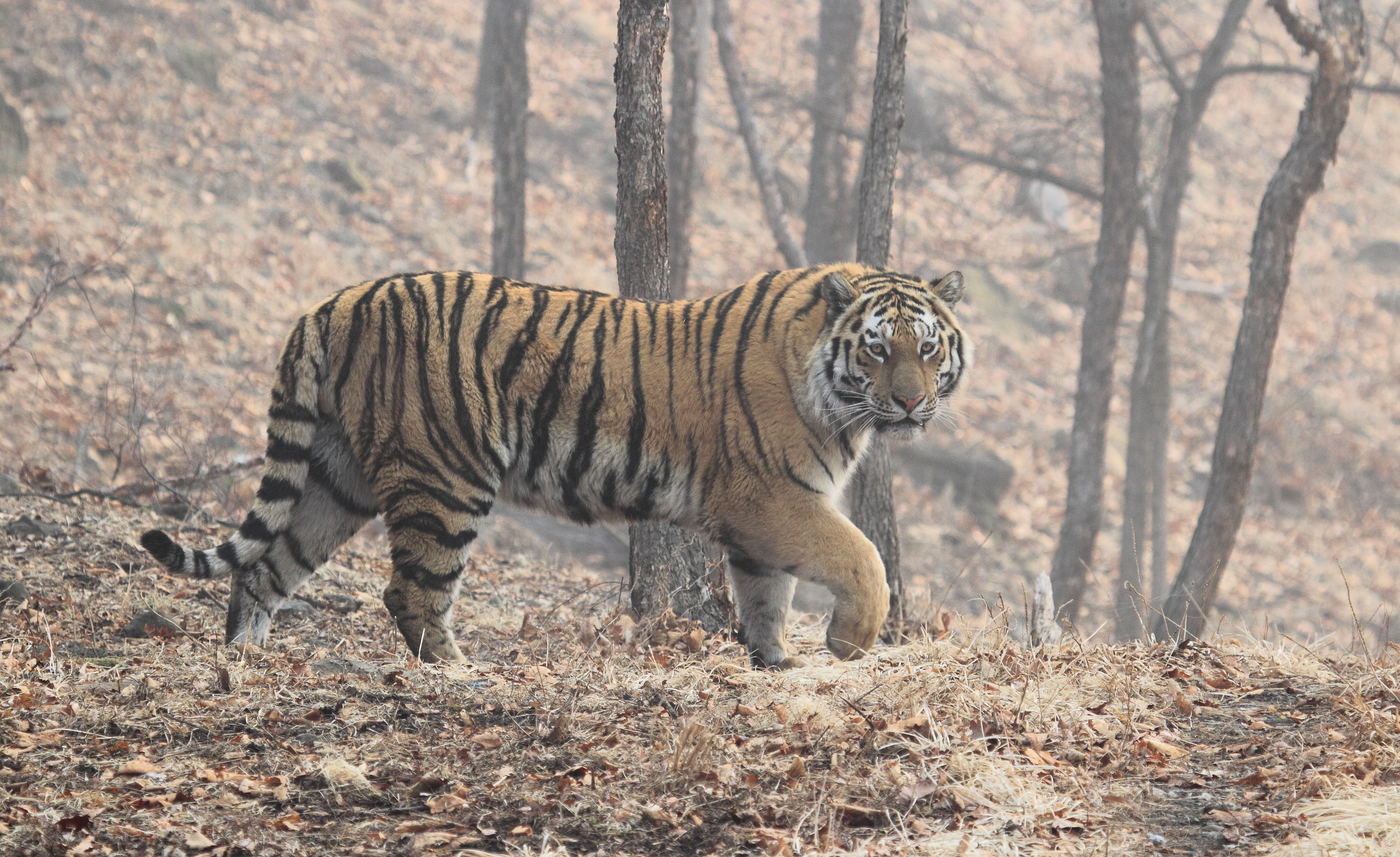January 31, the state one-time winter census of the tiger and leopard begins in Primorsky Krai.
From mid-December, hundreds of people have already recorded the traces of wild cats in the taiga, according to the size of the paw print, they identify their age and sex, determine the number of kittens born. These data, as well as a number of other information about large representatives of the feline family, their victims and predators-competitors are accumulated in the diaries of the census takers. The culmination of the event will be a one-time record of the Amur tiger and the Amur leopard in the whole range, during which the work on the routes will be provided by about two thousand people, and the total length of the registration routes can be 15000 km.
Accounting is organized and conducted by the Ministry of natural resources and ecology of the Russian Federation, its subordinate agencies – Rosprirodnadzor, reserves and national parks, the administration of the Primorsky territory, the Governments of Khabarovsk Krai, Amur and Jewish Autonomous regions, Russian Academy of Sciences with the support of the Amur tiger Center. It is a public method, approved, and tested 10 years ago, during the same large-scale tiger census.
A single calculation within the Russian part of the tiger range is held once in ten years, if not necessary, caused by abrupt changes in habitat conditions of populations, or other factors threatening her. According to the latest count of 2005 the population of the Amur tiger in the Far East was 423-502 individuals - 95% of the global population of the subspecies.
As Sergey Donskoy, the head of the Ministry of Natural Resources of Russia, noted, accounting is not a mechanical estimate of numbers, as a result we need to obtain data on habitats, opportunities for the development of the range, threats to animals in connection with human activities, the state of food supply.
“Of course, this account will allow Russia to show how with the joint efforts of the state, public and scientific organizations we are implementing the Strategy for the conservation of the Amur tiger and what other measures are necessary to protect these amazing animals,” stressed Sergey Donskoy.
The principal difference between the 2015 accounting and the previous one is the widespread use of GPS navigators and camera traps, which will ensure the reliability and "reducibility" of the data obtained.
“Methodically collecting information on the dimensional characteristics of tiger tracks has remained unchanged for over 50 years, despite this, this time we will be able to get more extensive data than it was before. So, at fairly large areas, primarily in the territory of federal protected areas, automatic cameras have already been installed, which will work during the passage of the routes. Thus, we will be able to compare the data of two different methods, - comments the director of the Primorsky branch of the Amur Tiger Center, Ph.D. Sergey Aramilev. “In addition, the vital products of large cats will be collected, which will help to establish not only their distribution and quantity, but also establish the range of nutrition.”
This year in the Far East accounting for affected more than 150,000 square meters. km of tiger habitats. The collection of primary data on the state of the Amur tiger population takes place during the entire winter season, and a one-time survey is scheduled for January 31, 2015 in the southern and central regions of Primorsky Krai; in the northern regions and the Khabarovsk Krai, the start of accounting is scheduled for February 7, 2015.
“Due to the fact that the weather conditions on such a huge territory are very different - from the snow cover in the north of Primorye and in the Khabarovsk Krai, before the danger of precipitation in the form of rain in the south of Primorsky Krai, it was decided to conduct the survey in stages, from south to north - says Pavel Fomenko - 30 years taking part in the accounting of the Amur tiger and Amur leopard. - This year in the south-western part of Primorye another rare cat, the Amur leopard, is taken into account. Therefore, of course, when conducting a one-time survey of the Amur tiger, leopards will also be counted”.
The results of the survey will allow to assess the current state of the Amur tiger population, as well as provide a unique opportunity to understand what happened in the last ten years and how effective measures aimed at protecting the species were. Preliminary results of accounting for the Amur tiger will be summed up by the end of May 2015, the final report - in October 2015.

